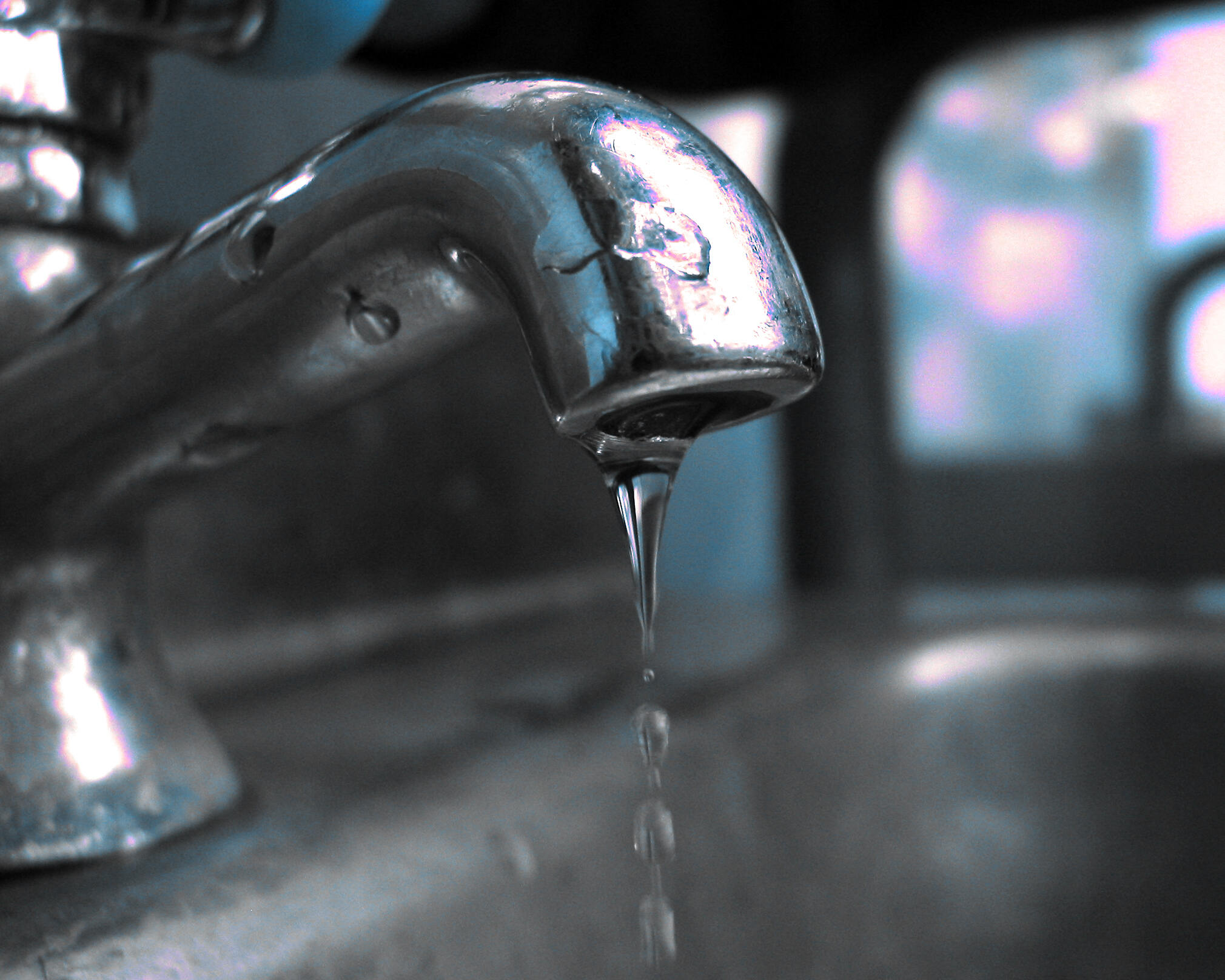

Articles
How Much Water Does A Leaking Faucet Waste
Modified: March 1, 2024
Learn about the water wastage caused by leaking faucets and how to fix them in our informative articles.
(Many of the links in this article redirect to a specific reviewed product. Your purchase of these products through affiliate links helps to generate commission for Storables.com, at no extra cost. Learn more)
Introduction
Water is a precious resource that plays a vital role in our daily lives. However, many people underestimate the impact of small leaks, such as a dripping faucet, on water conservation and household budgets. A leaking faucet may seem like a minor inconvenience or an aesthetic issue, but the truth is that it can lead to significant water waste and financial implications if left unaddressed.
In this article, we will delve into the problem of leaking faucets and explore the environmental and economic consequences of ignoring them. We will also provide guidance on how to detect and fix leaking faucets, highlighting the importance of water conservation and responsible household management.
Understanding the impact of leaking faucets is crucial in creating awareness and fostering a sense of responsibility towards the preservation of our finite water resources. Additionally, addressing leaking faucets can help households save money by reducing water bills and minimizing the need for costly repairs in the future.
So let’s dive into the world of leaking faucets and discover the true extent of the problem.
Key Takeaways:
- Don’t underestimate the impact of a leaking faucet. It can waste over 3,000 gallons of water per year, leading to higher bills, environmental strain, and potential home damage.
- Promptly address leaking faucets to save water, money, and prevent environmental degradation. Simple DIY fixes or professional help can mitigate the economic and environmental consequences.
Understanding the Impact of Leaking Faucets
Leaking faucets may seem like a minor issue, but their impact should not be underestimated. A single dripping faucet can waste a significant amount of water over time, contributing to water shortages, increased water bills, and environmental degradation.
One of the primary consequences of a leaking faucet is the wastage of water. Even a slow drip can result in gallons of water lost every day. According to the United States Environmental Protection Agency (EPA), a faucet that drips at a rate of one drip per second can waste more than 3,000 gallons of water in a year. This is equivalent to the water required to take over 180 showers or the amount needed to wash 300 loads of laundry.
In addition to the sheer volume of water wasted, leaking faucets also lead to higher water bills. The constant dripping inflates water consumption, resulting in increased costs for homeowners and businesses. This unnecessary financial burden can be avoided by promptly addressing and fixing leaking faucets.
Moreover, the impact of leaking faucets extends beyond individual households. In regions experiencing water scarcity, every drop counts. Wasting water through leaking faucets puts additional strain on already limited water resources and can exacerbate drought conditions.
Leaking faucets also contribute to environmental degradation. The energy required to treat and distribute water is significant, and when water is wasted, it not only depletes resources, but also increases energy consumption and greenhouse gas emissions associated with water treatment and delivery.
Furthermore, the water that escapes through a leaking faucet often ends up in places it shouldn’t, such as under sinks or in walls. This moisture can promote the growth of mold and mildew, leading to potential health risks for residents and requiring costly repairs to fix the resulting damage.
Overall, the impact of leaking faucets goes far beyond the annoyance of the constant drip sound. It leads to the wastage of precious water, higher water bills, increased environmental strain, and potential damage to homes and buildings. It is essential to detect and address leaking faucets promptly to minimize these negative consequences.
How to Detect a Leaking Faucet
Detecting a leaking faucet is relatively straightforward, and early detection is key to preventing excessive water waste. Here are a few methods to help you identify if your faucet is leaking:
- Visual Inspection: Start by visually inspecting your faucet. Look for any visible signs of leakage, such as water droplets or staining around the base of the faucet. Leaks may also manifest as water pooling around the sink area.
- Listen for Dripping Sounds: Leaking faucets often produce a distinct dripping sound that can be heard even when there is no one using the sink. Take a moment of quiet and listen closely to determine if you can hear any dripping sounds coming from the faucet.
- Check Water Meter: Another method to confirm a leaking faucet is by monitoring your water meter. Start by turning off all water sources in your home. Take note of the water meter reading and wait for a few hours without using any water. If the meter reading has changed, it is a clear indication that water is being wasted through a leakage, and the faucet should be inspected.
- Use a Paper Towel or Tissue Test: To detect a slow leak that may not be visible, place a dry paper towel or tissue under the faucet spout. Leave it in place for a few hours or overnight. If you notice any moisture or wetness on the paper towel, it is an indication that the faucet is leaking.
It’s important to note that some leaks may be hidden within the faucet mechanism or pipes. If you suspect a hidden leak or are unable to detect the source of the leak, it may be necessary to seek the assistance of a professional plumber.
Once you have confirmed a faucet leak, it’s essential to take action promptly to prevent further water waste and potential damage.
The Consequences of a Leaking Faucet
A leaking faucet may seem like a small issue, but the consequences can be significant and wide-ranging. Here are some of the main consequences of leaving a faucet to leak:
- Water Waste: The most immediate consequence of a leaking faucet is the waste of water. Even a slow drip can add up to a substantial amount of water wasted over time. This not only affects your water bill but also contributes to overall water scarcity and puts a strain on local water resources.
- Higher Water Bills: As the water from a leaking faucet goes down the drain, your water consumption increases. This leads to higher water bills that can be quite costly over time. By fixing the leak, you can significantly lower your water bills and save money in the long run.
- Environmental Impact: The environmental consequences of a leaking faucet are not to be ignored. Water is a finite resource, and wasting it through leaks contributes to water scarcity and environmental degradation. The energy used for water treatment and delivery also leads to increased carbon emissions and further environmental harm.
- Home Damage: The constant dripping from a leaking faucet can cause water damage to your home. The moisture can seep into walls, floors, and cabinets, leading to the growth of mold and mildew. This not only poses health risks but also requires costly repairs to fix the damage caused by the leaks.
- Reduced Water Pressure: Over time, a leaking faucet can lead to reduced water pressure in your plumbing system. This can affect the functionality of other fixtures and appliances in your home, making tasks like showering or using the dishwasher less efficient.
- Wear and Tear: A faucet that is constantly leaking can experience increased wear and tear. Ongoing leaks can damage the internal components of the faucet, leading to the need for more extensive repairs or even replacement of the entire fixture.
Ignoring a leaking faucet not only wastes water but can also have financial and environmental repercussions. It is essential to address leaks promptly to prevent further damage, conserve water, and save money on water bills.
By fixing a leaking faucet, you are not only taking a responsible approach towards water conservation but also ensuring the longevity of your plumbing system and reducing the risk of potential home damage.
Causes of Faucet Leaks
Faucet leaks can be caused by various factors, ranging from simple wear and tear to underlying plumbing issues. Understanding the common causes of faucet leaks can help you diagnose and address the problem effectively. Here are some of the main causes:
- Worn Out Washers: The most common cause of a faucet leak is a worn-out washer. Washers are rubber or silicone seals located inside the faucet’s handle and valve stem. Over time, they can become worn, torn, or hardened, causing water to leak around the faucet spout or handle.
- Loose or Damaged O-Rings: O-rings are small rubber or plastic discs located at the base of the faucet handle or spout. They create a watertight seal when the faucet is closed. If the O-rings become loose, worn out, or damaged, water can leak from the base of the faucet.
- Corroded Valve Seat: The valve seat is the connection point between the faucet and the spout. Over time, minerals, sediment, and debris can build up on the valve seat, causing it to corrode. This can result in leaks around the spout. Regular cleaning and maintenance can help prevent this issue.
- Improper Installation: Poor installation of the faucet can lead to leaks. If the faucet components are not properly aligned or tightened, water can escape through gaps and cause leakage. It’s crucial to ensure that the faucet is installed correctly to prevent future leaks.
- High Water Pressure: Excessive water pressure can put strain on the faucet’s components, leading to leaks. If your home has high water pressure, consider installing a pressure regulator to prevent damage to your plumbing fixtures, including faucets.
- Cracked or Damaged Plumbing Pipes: In some cases, the source of the leak may not be the faucet itself but rather a cracked or damaged pipe connected to the faucet. Aging pipes, frozen pipes, or physical damage can result in leaks that appear to originate from the faucet.
While some faucet leaks can be resolved with simple DIY fixes, such as replacing washers or O-rings, other leaks may require the expertise of a professional plumber. Identifying the cause of the leak is the first step in determining the appropriate solution.
Regular maintenance, addressing leaks promptly, and ensuring proper installation can help prevent faucet leaks and extend the lifespan of your fixtures.
A leaking faucet can waste up to 3,000 gallons of water per year. Check and repair any leaks promptly to save water and reduce your water bill.
Read more: Why Does AC Leak Water
The Amount of Water Wasted by a Leaking Faucet
It’s astonishing to think about the amount of water that can be wasted by a leaking faucet. Even a seemingly insignificant drip can lead to a significant loss of water over time. Let’s explore the numbers to understand the extent of water wastage caused by a leaking faucet.
According to the United States Environmental Protection Agency (EPA), a single faucet that drips at a rate of one drip per second can waste more than 3,000 gallons of water in a year. That’s equivalent to about 180 showers or 300 loads of laundry.
If we break it down further, one drip per second amounts to about 7-10 gallons of water wasted per day. That’s more than enough water for a family to brush their teeth, wash their hands, or rinse dishes multiple times.
Consider this: a faucet that drips at a rate of one drop per second can waste up to 15,000 liters of water in a year. That’s enough water to fill a small swimming pool!
Now imagine if every household had just one leaking faucet. The collective amount of water wasted would be staggering. It’s clear that we need to take faucet leaks seriously and address them promptly to conserve water and prevent unnecessary waste.
Not only does a leaking faucet waste water, but it also increases your water bill. The constant drip increases your water consumption, leading to higher costs that could have been avoided. By fixing a leaking faucet, you can save money on your water bill while protecting this precious resource.
When we look at the larger picture, the amount of water wasted by leaking faucets worldwide is significant. It puts unnecessary strain on water supplies, contributes to water scarcity in drought-affected regions, and impacts the environment by increasing energy consumption and carbon emissions associated with water treatment and delivery.
By addressing leaking faucets promptly, we can conserve water, reduce our impact on the environment, and save money. Regular maintenance, such as checking for leaks and repairing or replacing faulty faucet components, is essential in minimizing water waste and promoting responsible water usage.
Environmental Consequences of Water Waste
Water waste, including the wastage caused by leaking faucets, has severe environmental consequences that affect ecosystems and contribute to global challenges such as water scarcity and climate change. Let’s explore some of the main environmental impacts of water waste:
- Water Scarcity: Water is a finite resource, and wasting it only exacerbates the problem of water scarcity. Leaking faucets contribute to the unnecessary depletion of water supplies, putting additional strain on already limited resources. This is particularly critical in regions experiencing droughts or facing water shortages, where every drop of water counts.
- Energy Consumption and Greenhouse Gas Emissions: The treatment and distribution of water require significant energy inputs. When water is wasted, it increases the energy demand for water treatment plants, pumping stations, and other infrastructure. This, in turn, leads to higher greenhouse gas emissions, contributing to climate change and further environmental degradation.
- Impact on Aquatic Ecosystems: Wasted water from leaking faucets may seem insignificant, but it plays a role in altering the natural flow of water in rivers, streams, and other water bodies. This disruption can harm aquatic ecosystems by affecting water quality, diluting essential nutrients, and jeopardizing the survival of various plant and animal species dependent on these habitats.
- Water Pollution: Water wastage can contribute to water pollution in various ways. When water is wasted through leaks, it becomes contaminated with chemicals, nutrients, and other pollutants present in the environment. This contaminated water can then seep into groundwater sources or flow into nearby water bodies, leading to further degradation of water quality and threatening both human health and ecosystems.
- Loss of Biodiversity: As water resources diminish due to wastage, ecosystems dependent on these water sources face severe consequences. The loss of water-dependent habitats can lead to the decline of species that rely on these environments for their survival. This loss of biodiversity can disrupt ecological balance and have cascading effects throughout the food web.
- Deforestation and Land Degradation: In some cases, water wastage can result in unsustainable water extraction practices. Excessive use of groundwater or surface water to compensate for leaks can lead to the depletion of water sources, drying up of rivers and wetlands, and the degradation of surrounding land areas. This can contribute to deforestation, soil erosion, and desertification.
Addressing water wastage, including fixing leaking faucets, is crucial for preserving water resources and mitigating these environmental consequences. By conserving water, we can support healthy ecosystems, reduce the energy footprint of water treatment and delivery, and minimize pollution. It is a collective responsibility to prioritize water conservation and take proactive steps to minimize water waste in order to protect our planet and ensure a sustainable future.
Economic Implications of Ignoring a Leaking Faucet
Ignoring a leaking faucet can have significant economic implications that go beyond the cost of wasted water. It’s essential to address faucet leaks promptly to avoid unnecessary expenses and maximize cost savings. Here are some of the economic implications of ignoring a leaking faucet:
- Increased Water Bills: The most immediate impact of a leaking faucet is higher water bills. Every drop of water wasted through the leak contributes to an inflated water consumption rate. Over time, this can lead to substantial increases in your monthly or quarterly water bills. By fixing the leak, you can significantly reduce your water usage and save money on your water bill.
- Repair Costs: Ignoring a leaking faucet can lead to more extensive damage and potentially require costly repairs down the line. If the leak continues, it can cause damage to the faucet itself, surrounding fixtures, or even the structural integrity of your home. Timely repairs can help prevent further damage and the need for major repairs or replacements, ultimately saving you money in the long run.
- Water Damage Restoration: Constant leaking from a faucet can result in water damage to your home. The moisture can seep into walls, floors, and cabinets, leading to mold and mildew growth. Addressing water damage and conducting necessary restoration work can be expensive and time-consuming. By fixing the leak promptly, you can minimize the risk of water damage and avoid the associated costs of restoration.
- Increased Energy Costs: Water treatment and delivery require energy inputs. When water is wasted, it not only depletes a valuable resource but also increases energy consumption. This can lead to higher energy bills, as water treatment plants and pumping stations need to work harder to meet the demand caused by wasteful leaks. By conserving water, you can contribute to energy savings and reduce your overall utility expenses.
- Property Value: Undoubtedly, a well-maintained and efficient home holds greater value in the real estate market. Ignoring a leaking faucet can indicate a lack of upkeep and care, potentially impacting the perceived value of your property. Addressing maintenance issues promptly, including fixing leaks, can help maintain or enhance the value of your home.
By taking immediate action to fix a leaking faucet, you can avoid unnecessary expenses, conserve water, and save money. Regular maintenance and prompt repairs are essential in preserving the integrity of your plumbing system, reducing the risk of further damage, and optimizing cost savings in the long run.
Remember, a small investment in fixing a leaking faucet today can result in significant financial benefits and a more sustainable household budget in the future.
Solutions for Fixing a Leaking Faucet
Fixing a leaking faucet doesn’t always require the assistance of a professional plumber. Many faucet leaks can be resolved through simple do-it-yourself (DIY) solutions. Here are some common methods and steps you can take to fix a leaking faucet:
- Replace the Washers: If the faucet is dripping from the spout, the likely culprit is a worn-out washer. Start by turning off the water supply to the faucet. Remove the handle and the packing nut beneath it. Replace the old washer with a new one of the same size and material. Reassemble the faucet and test for any remaining leaks.
- Replace the O-Rings: If the leak is occurring from the base of the faucet handle, the O-rings may be worn or damaged. Follow the same procedure as replacing washers, but instead of replacing washers, replace the O-rings. Coat the new O-rings with plumber’s grease for smooth operation.
- Clean or Replace the Valve Seat: If there are leaks around the spout, it may be due to a corroded or mineral-filled valve seat. Turn off the water supply and use a valve seat wrench to remove the valve seat. Inspect it for any signs of damage, corrosion, or buildup. Clean the valve seat thoroughly or replace it with a new one if necessary. Reinstall the valve seat and test for leaks.
- Tighten Loose Connections: In some cases, leaks can be caused by loose connections. Check all the connections, such as the handle, spout, and other components, and tighten them using an appropriate tool, such as a wrench or pliers. Be careful not to overtighten, as this can lead to further damage.
- Invest in a Faucet Repair Kit: If your faucet requires multiple repairs or parts replacement, consider purchasing a faucet repair kit that contains all the necessary components, such as washers, O-rings, valve seats, and springs. Repair kits are often available for specific faucet brands and models and can be a convenient and cost-effective solution.
- Seek Professional Help: If your DIY attempts to fix the leaking faucet are unsuccessful or if you are unsure about the process, it’s best to contact a professional plumber. They have the expertise and tools to diagnose and repair more complex issues, such as damaged pipes or faulty faucet mechanisms.
Remember, preventive maintenance is key to avoiding faucet leaks. Regularly check your faucets for any signs of wear and tear, and address any leaks promptly to prevent further damage and water wastage.
By taking the time to fix a leaking faucet, you not only conserve water and reduce your utility bills but also contribute to a more sustainable future by minimizing water waste and the environmental impact associated with it.
Read more: How Much Does Oil Leak Repair Cost
Conclusion
Leaking faucets may seem like a minor inconvenience, but their impact is far greater than many realize. From wasting precious water resources to incurring higher water bills, ignoring a leaking faucet can have significant consequences both economically and environmentally. Fortunately, by understanding and addressing the issue promptly, we can mitigate these effects and promote responsible water usage.
Throughout this article, we have explored the various aspects of leaking faucets, from understanding their impact and detecting them to the consequences of neglecting them. We have also delved into the causes of faucet leaks, the amount of water wasted, the environmental implications, and the economic implications of ignoring the problem.
It is clear that fixing a leaking faucet is not only a matter of convenience or aesthetics but a responsible action we should all take. By promptly addressing faucet leaks, we can conserve water, reduce our water bills, and contribute to the preservation of our environment and valuable resources.
Remember, detecting a leaking faucet is the first step towards resolving the issue. Visual inspection, listening for dripping sounds, checking the water meter, and using simple tests can help identify leaks. Once the leak is detected, taking action by replacing washers or O-rings, cleaning or replacing the valve seat, or tightening loose connections can often resolve the problem.
If DIY solutions don’t work or if you are unsure about handling the repair, don’t hesitate to seek assistance from a professional plumber to ensure proper and long-lasting fixes.
Ultimately, addressing leaking faucets goes beyond personal convenience—it is a responsibility we owe to ourselves, our communities, and the planet. By taking proactive steps to fix leaks and practicing water conservation in our daily lives, we can make a positive impact in preserving our valuable water resources and building a sustainable future.
Frequently Asked Questions about How Much Water Does A Leaking Faucet Waste
Was this page helpful?
At Storables.com, we guarantee accurate and reliable information. Our content, validated by Expert Board Contributors, is crafted following stringent Editorial Policies. We're committed to providing you with well-researched, expert-backed insights for all your informational needs.
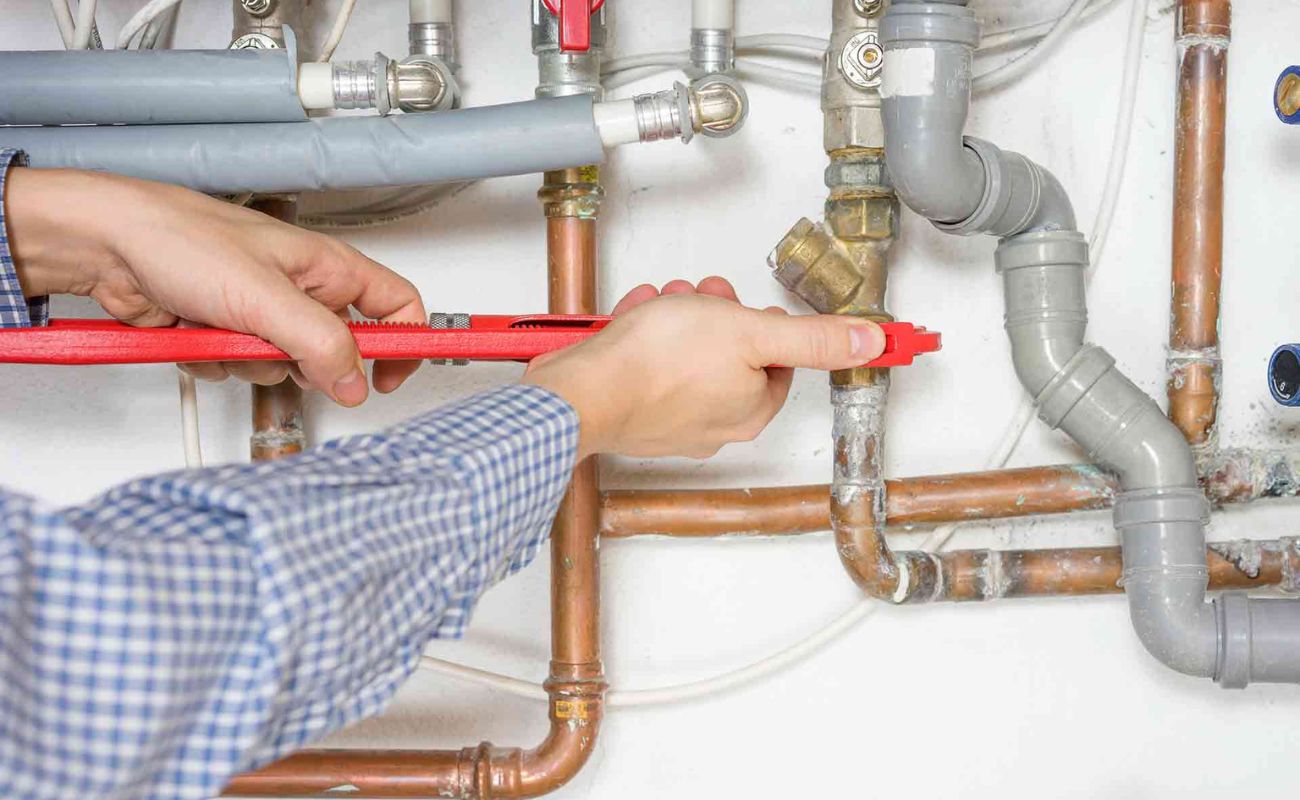
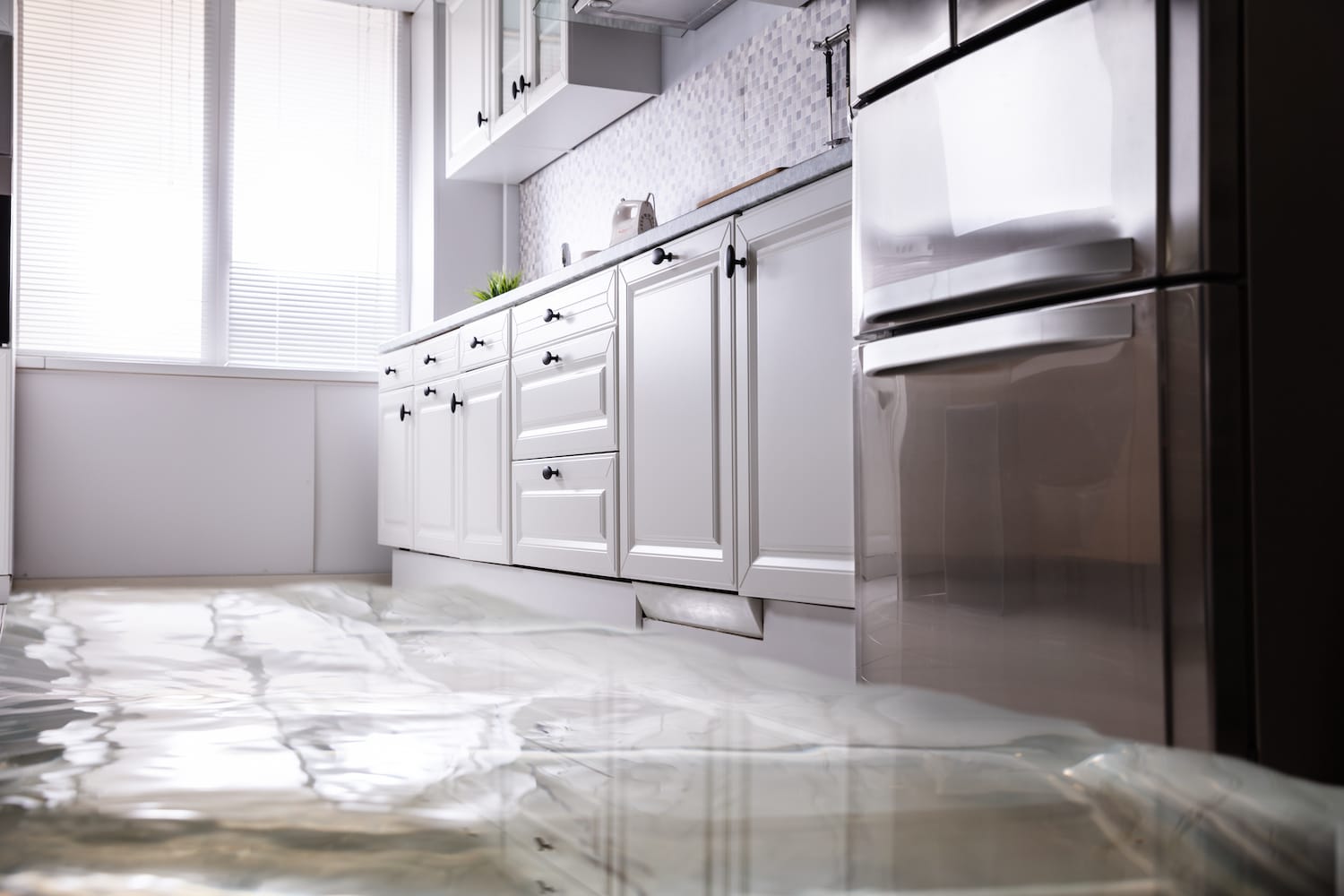
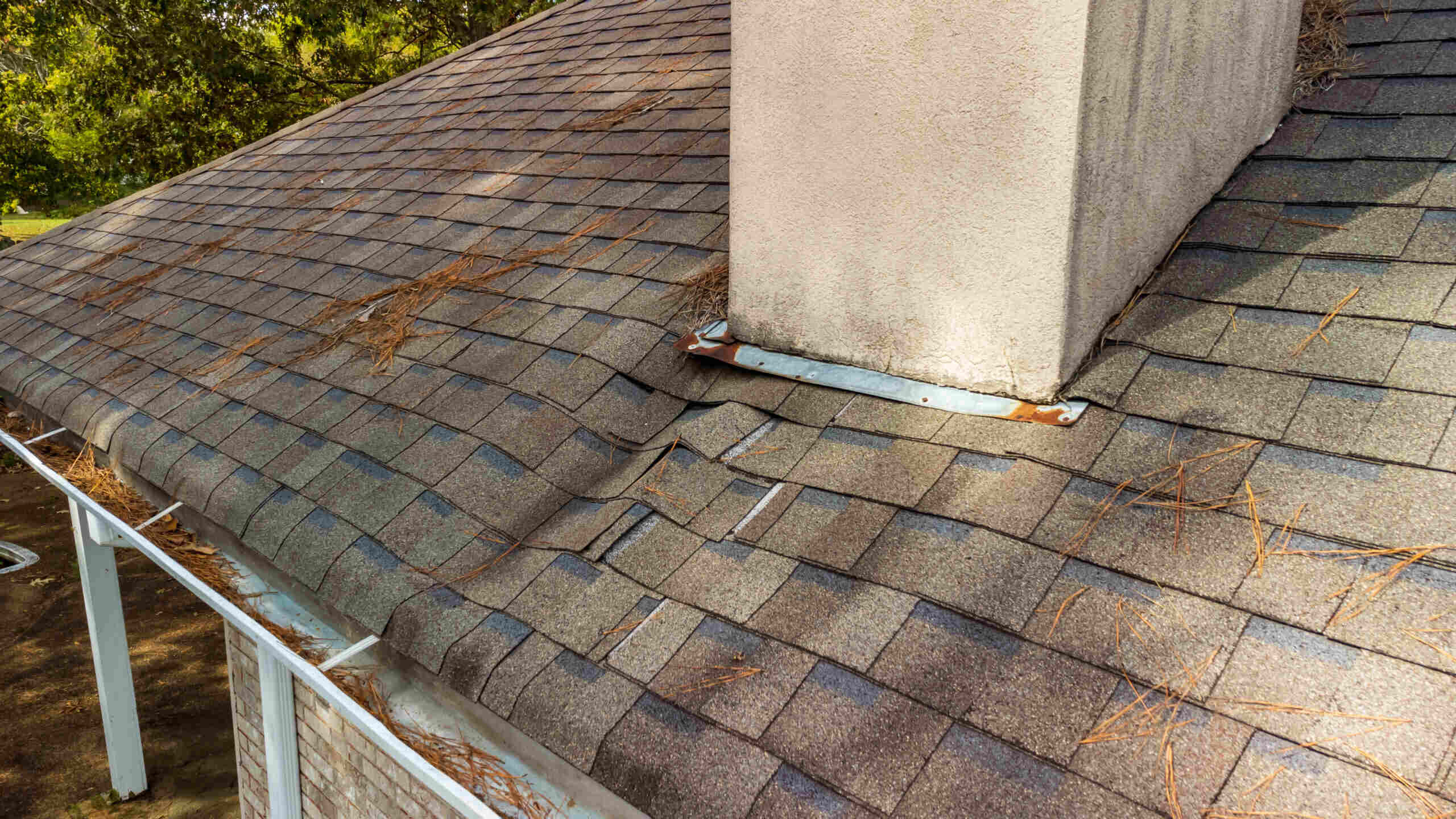
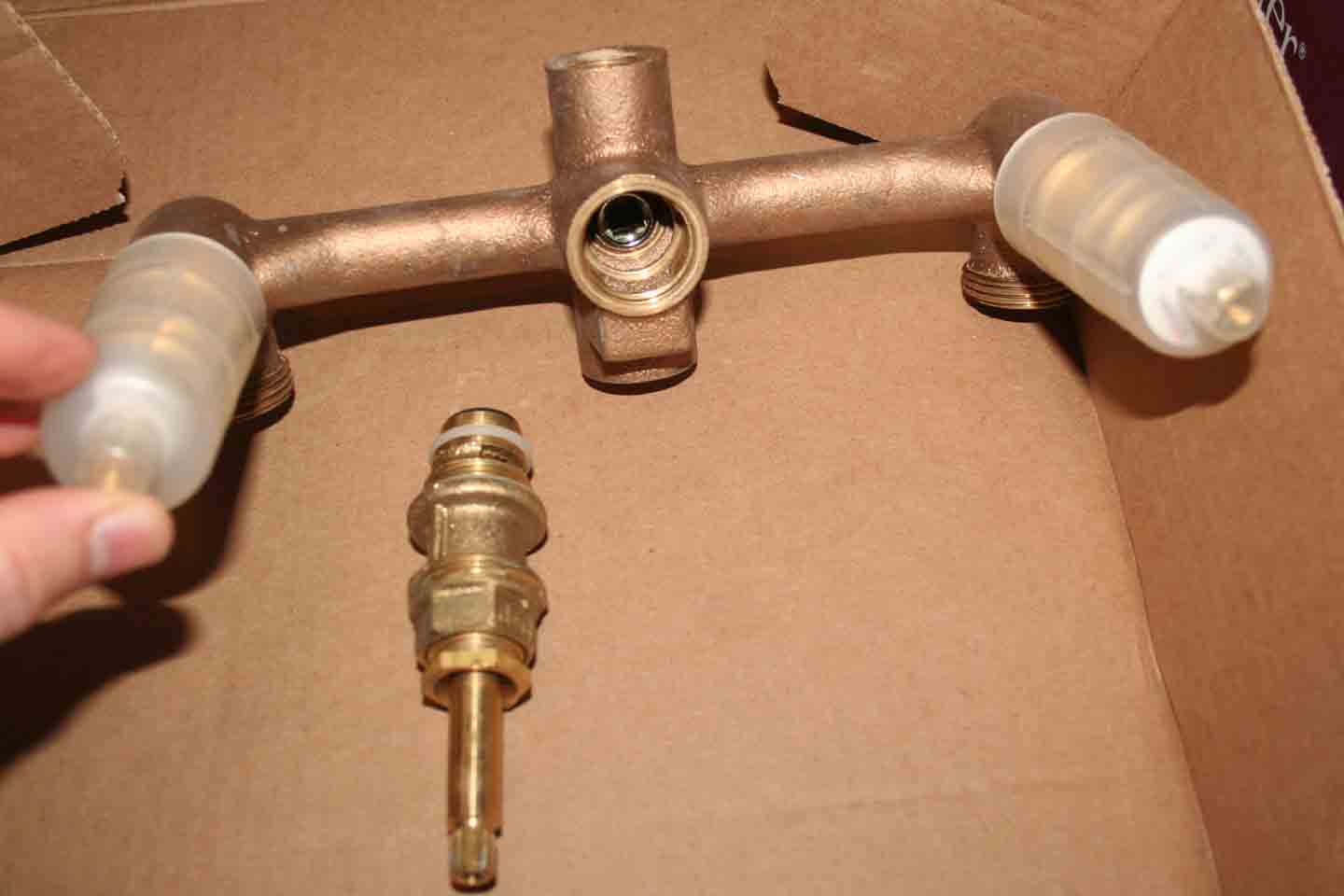
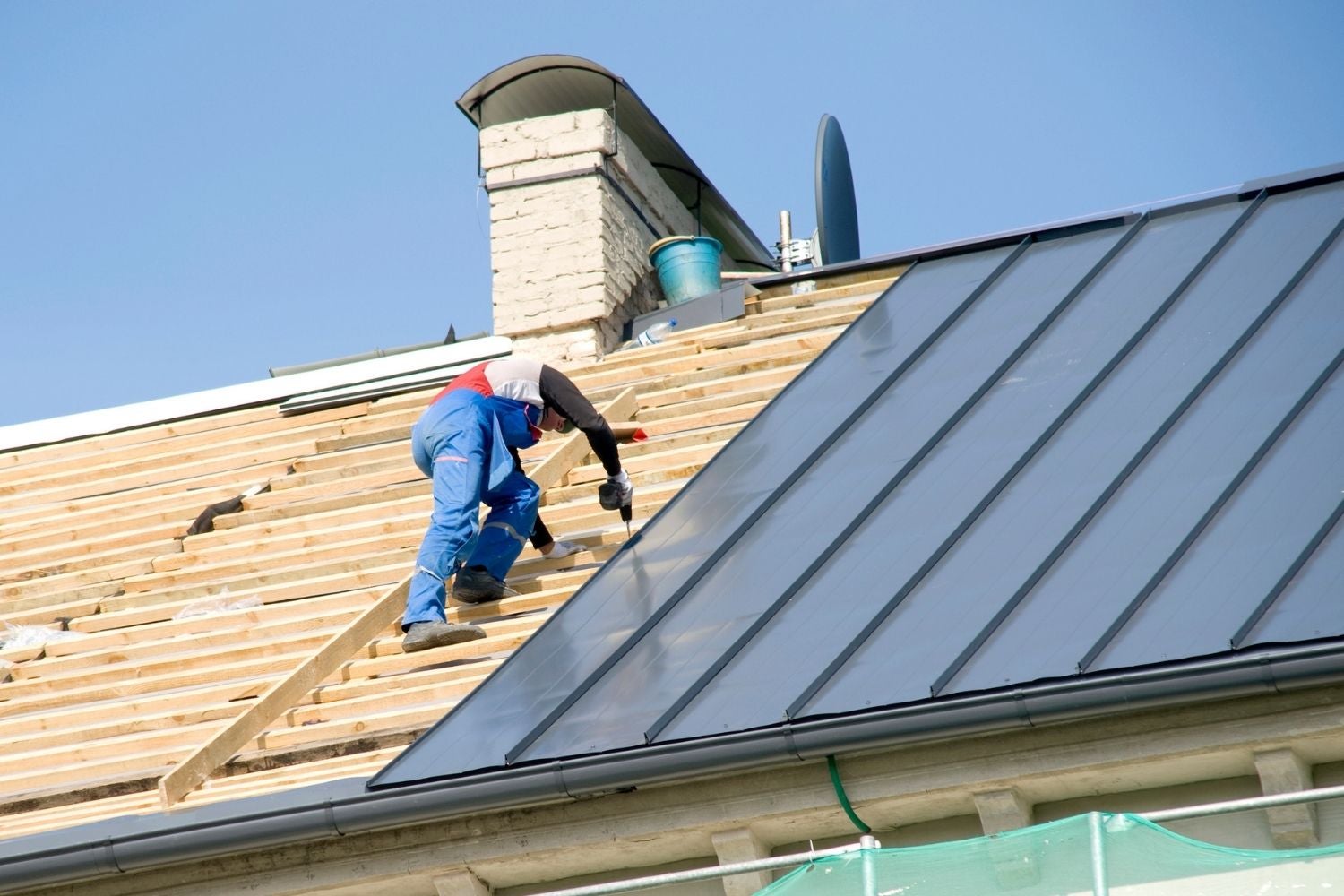
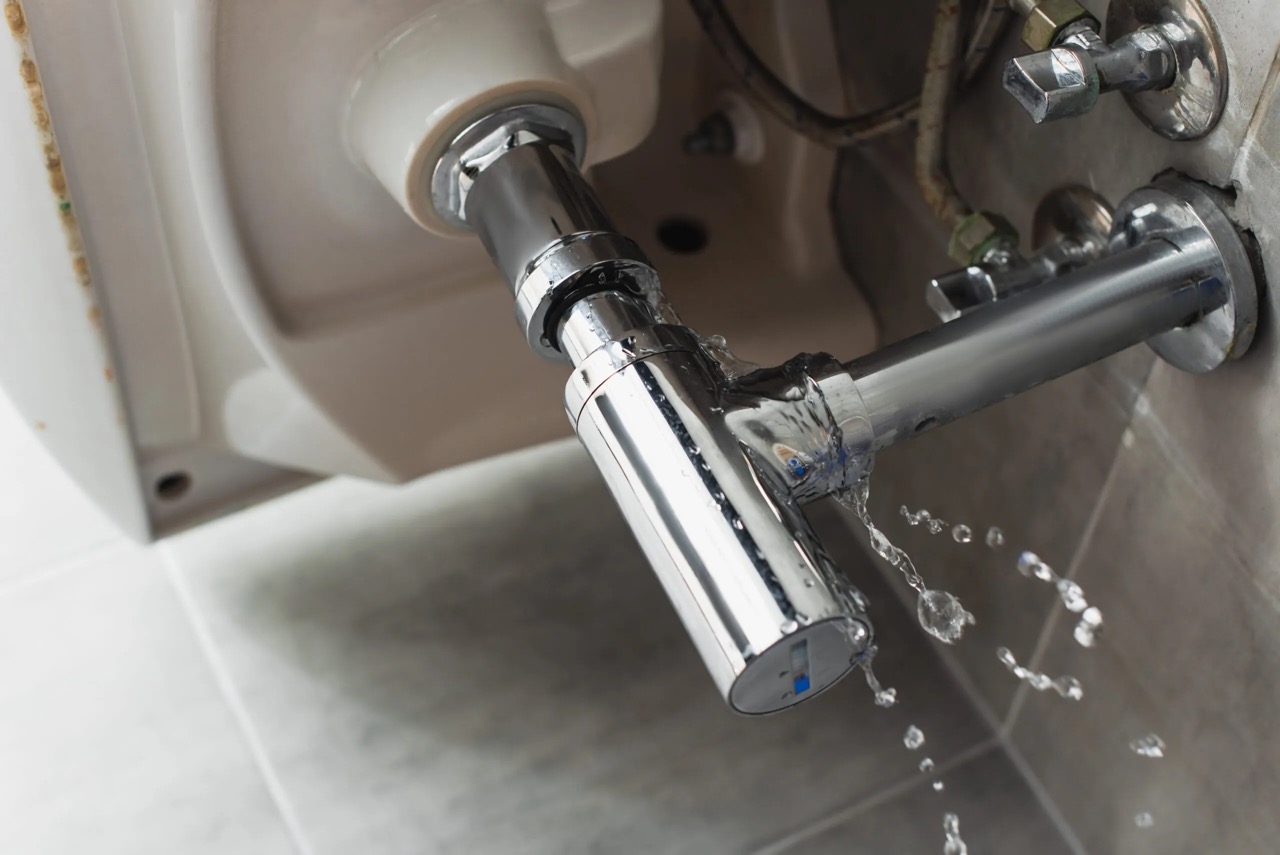
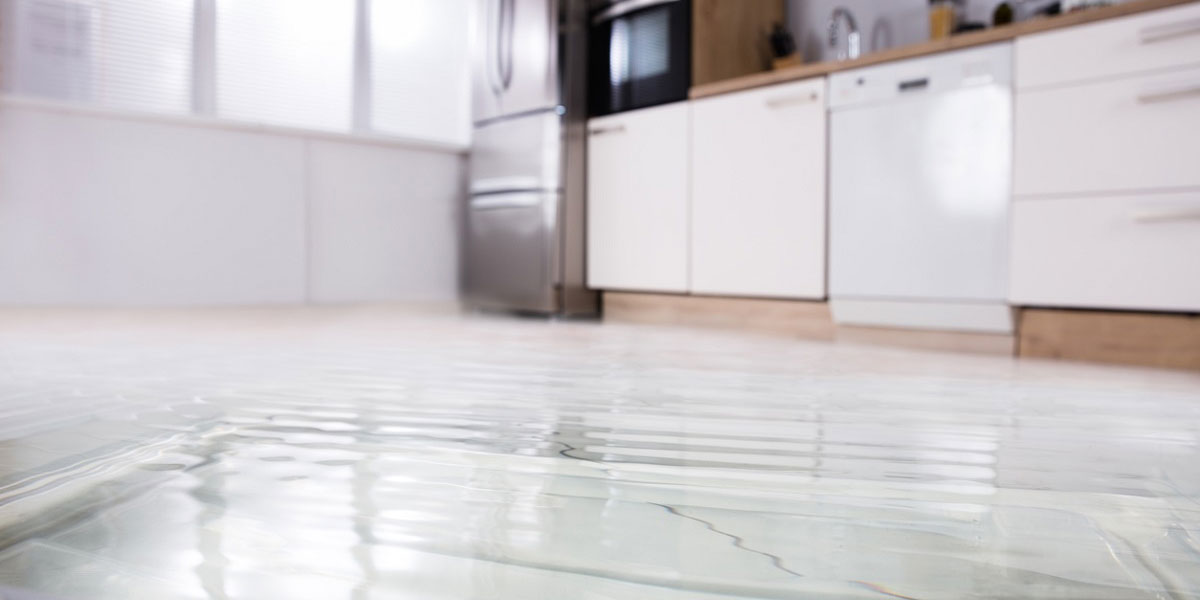
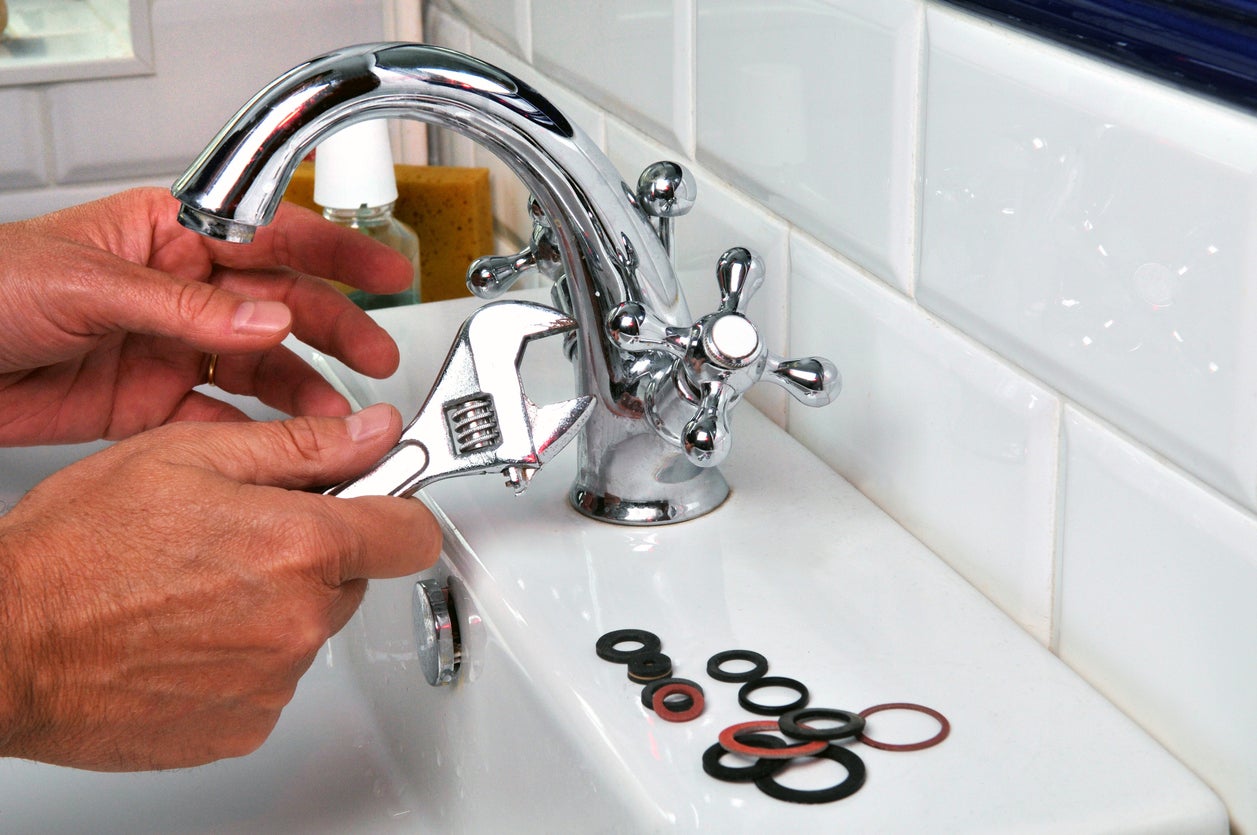
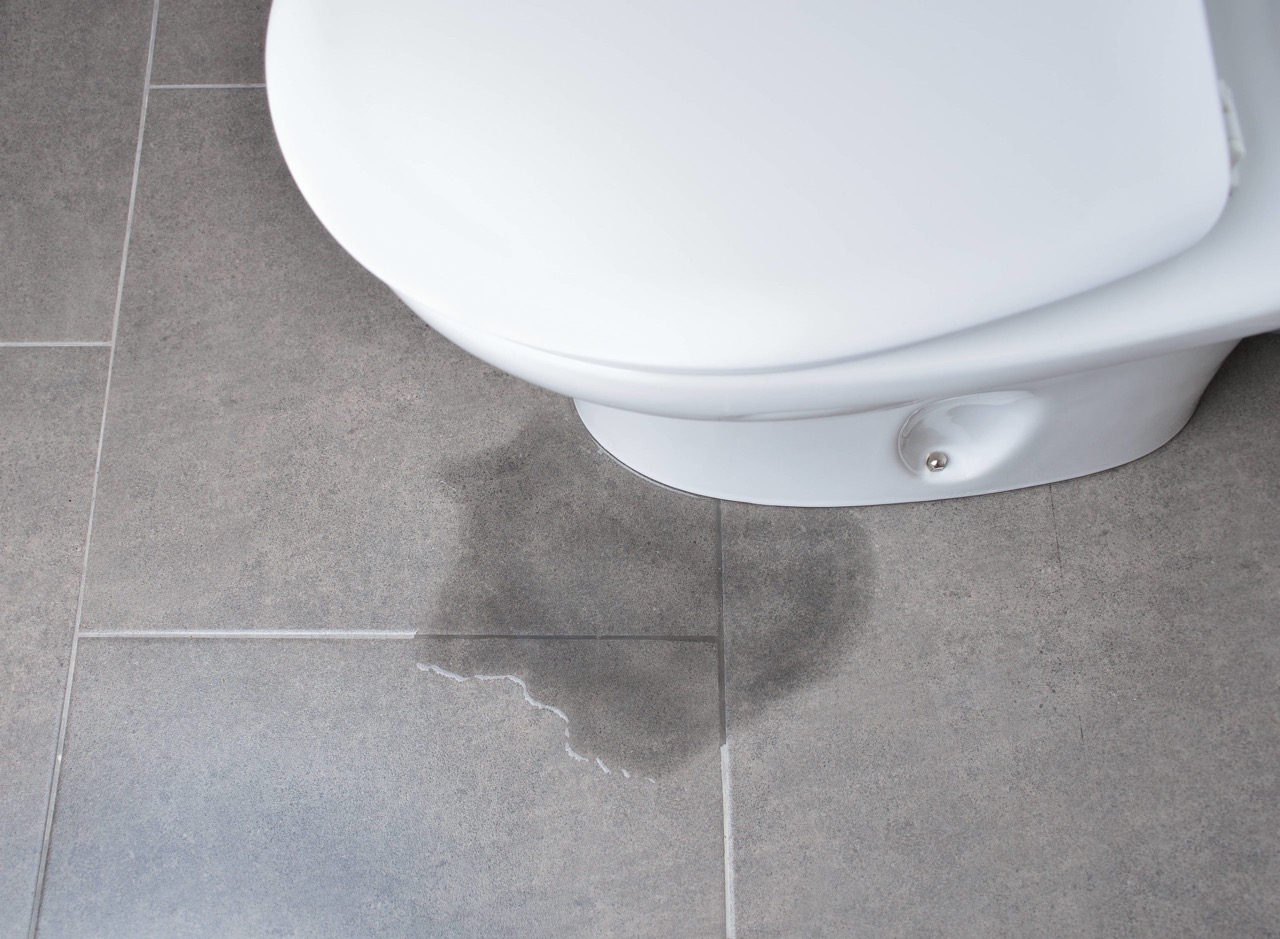
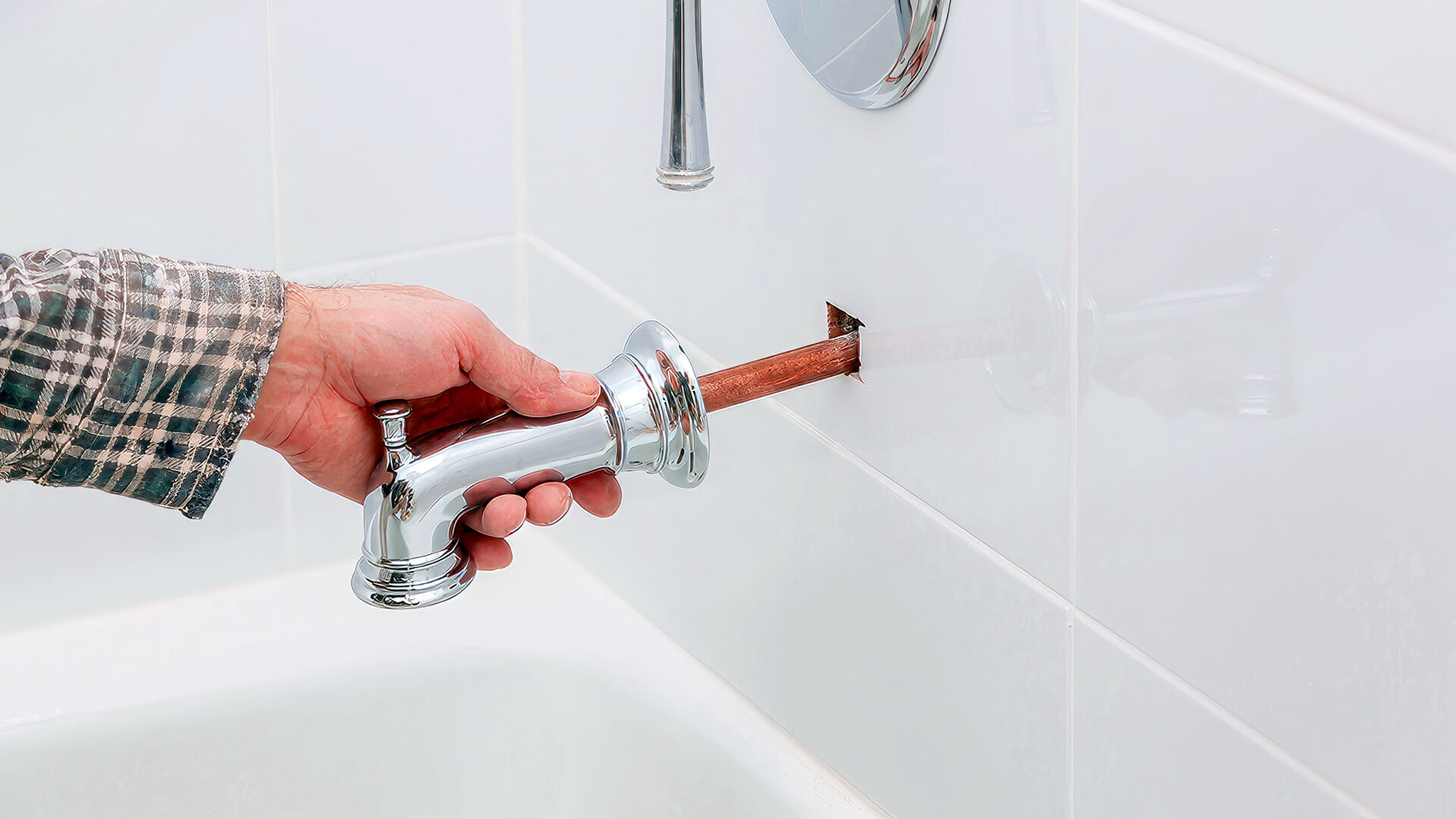
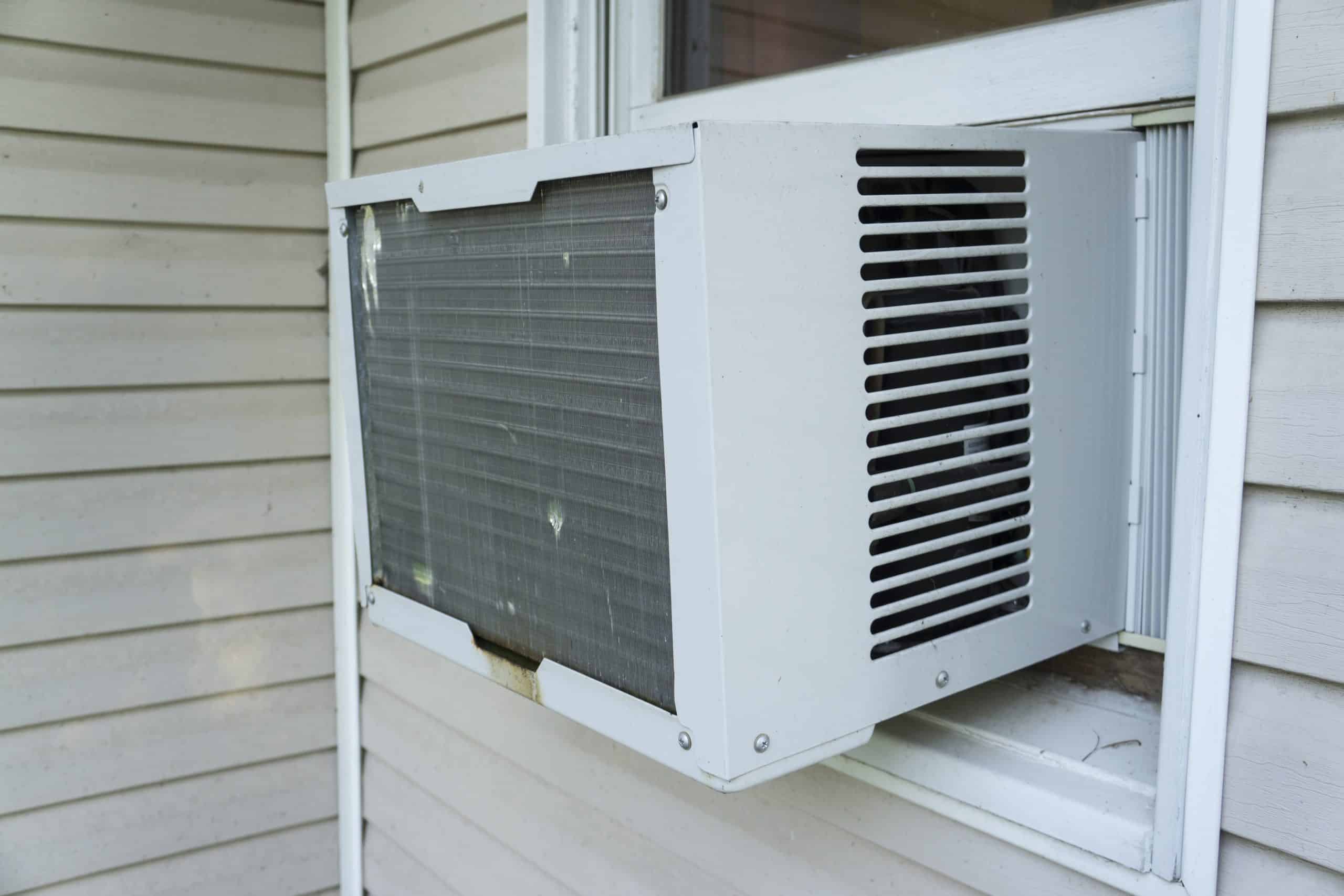
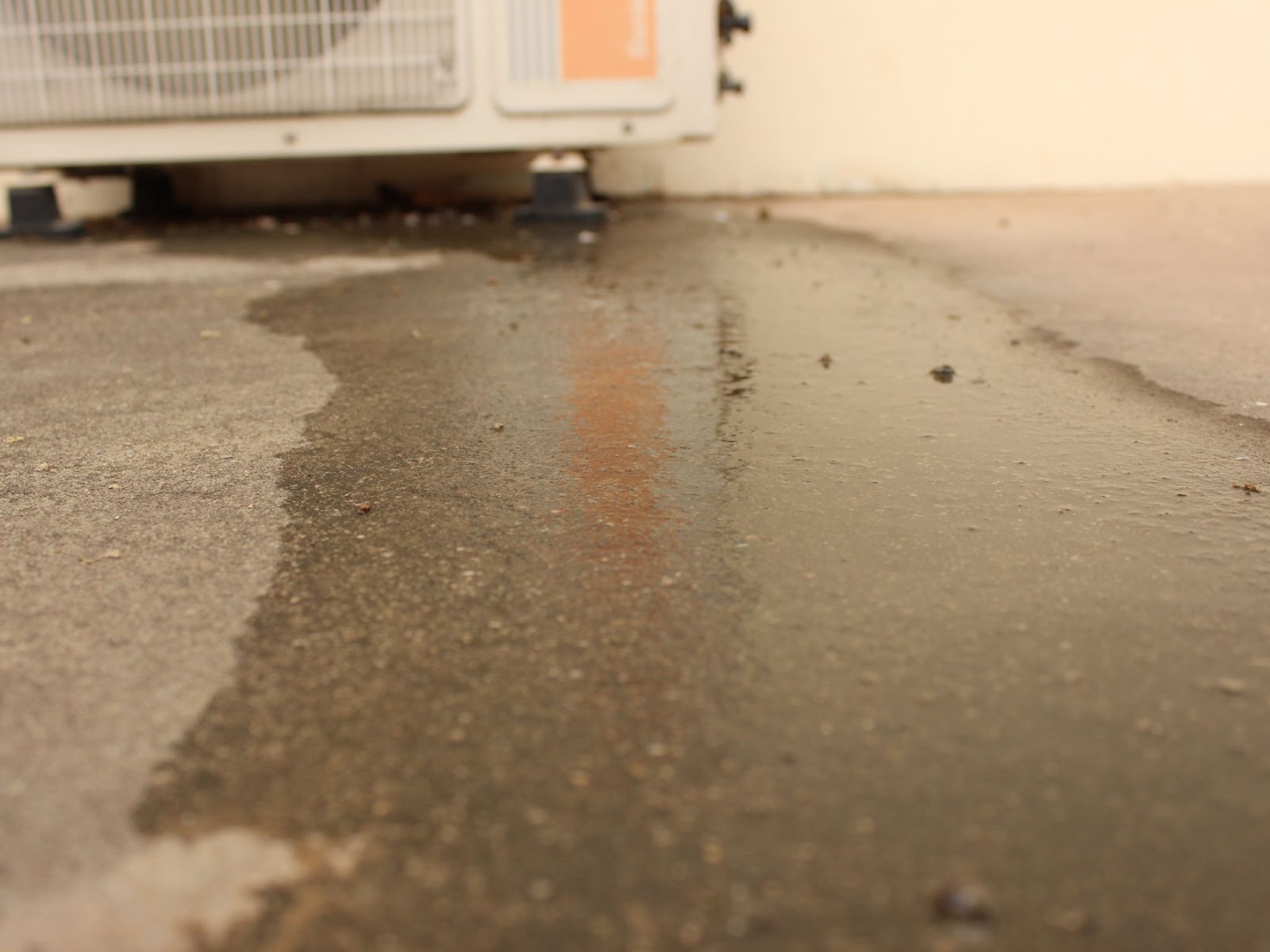
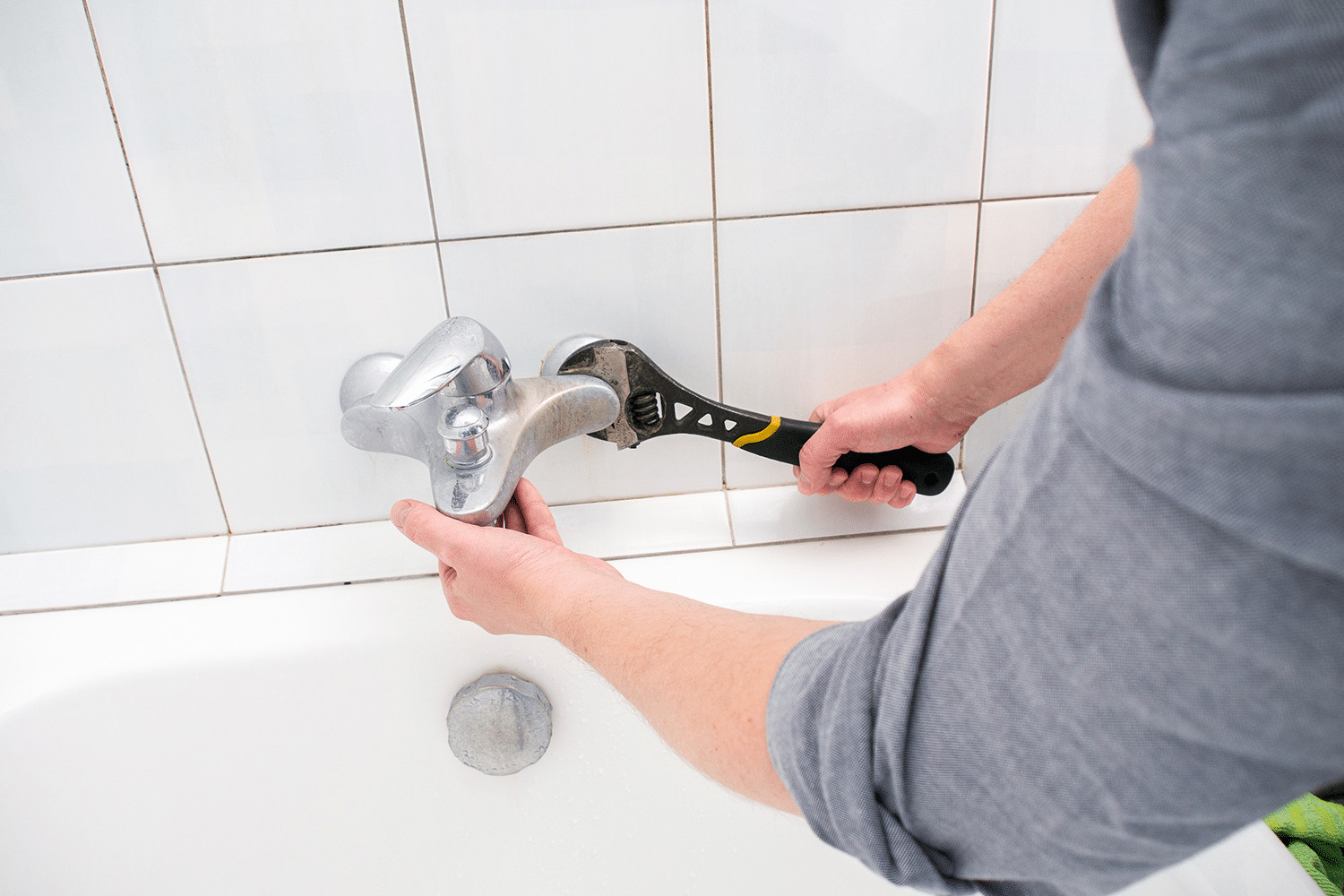

0 thoughts on “How Much Water Does A Leaking Faucet Waste”